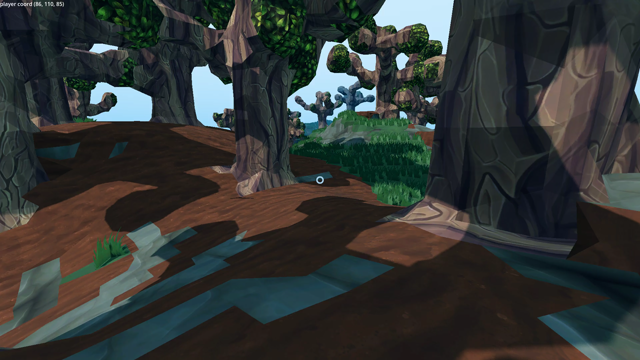

Since this is happening inside a multiplayer game, where other players might not be doing automation gameplay, I want to be mindful of how much server horsepower an automation player uses. So giant Factorio-style megafactories aren’t a good fit (It’ll still be possible as a self-directed challenge, especially if you’re running a single player server, but it’ll need a hefty computer since I doubt I’ll optimize it as well as Factorio.)
Which means I can’t do Factorio’s thing where an X requires 10 Y requires 10 Z and the massive scale causes problems you need to work through, so I need to add complexity elsewhere to make factory play still challenging. Machines that require inputs from multiple different transport mechanisms are one way to do that. Another might be time-sensitive parts.
I’m up for suggestions on more ways to make particular machines a nuisance to work with.











Nice ideas! Some already on my list, so we’re clearly on the same page.
Those last two combine in a cool way. If you have a machine that gives better outputs and requires faster inputs the longer it runs, then wiring all of its inputs to production boosters is good, but also hard because this sort of thing will encourage a very cramped design already.